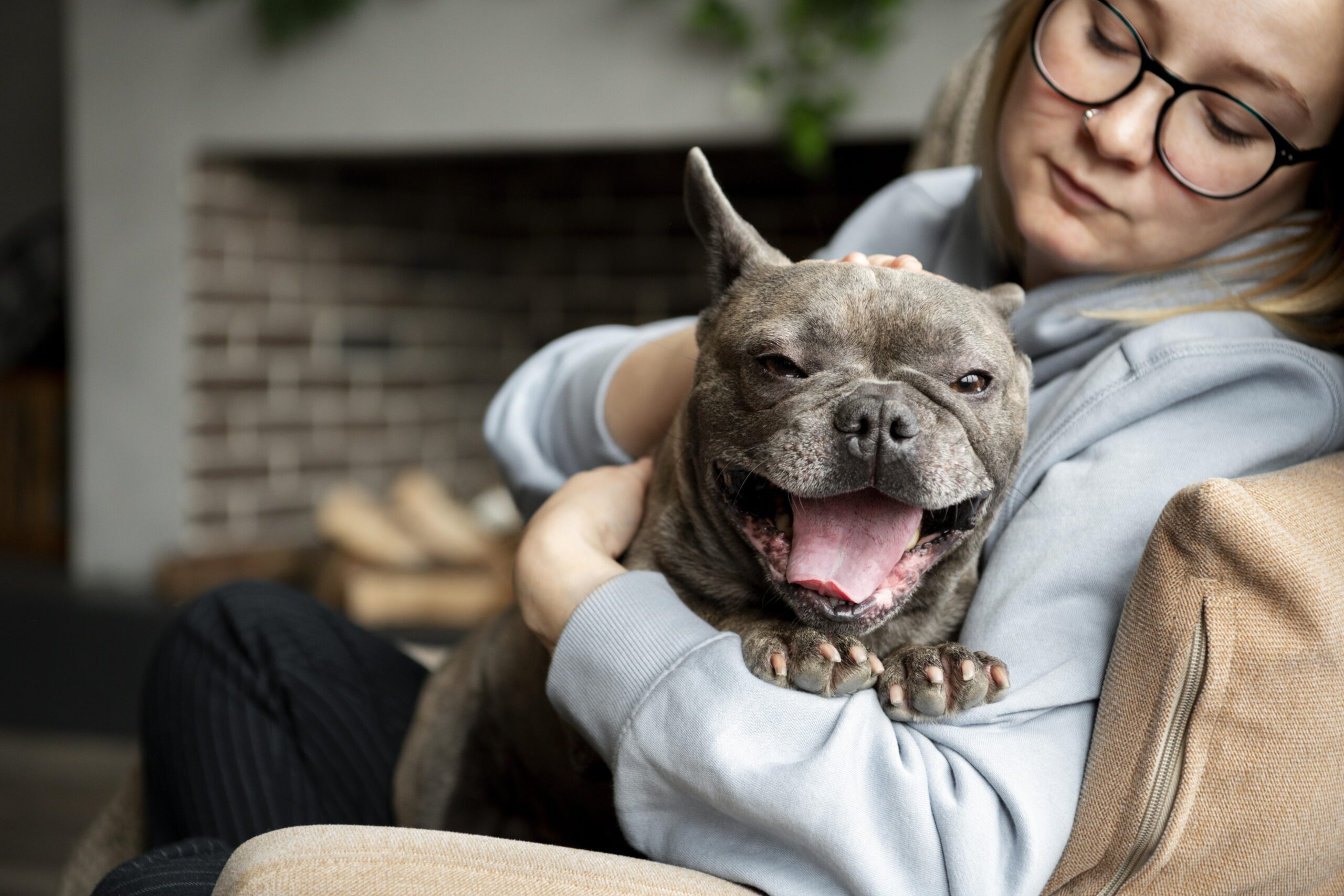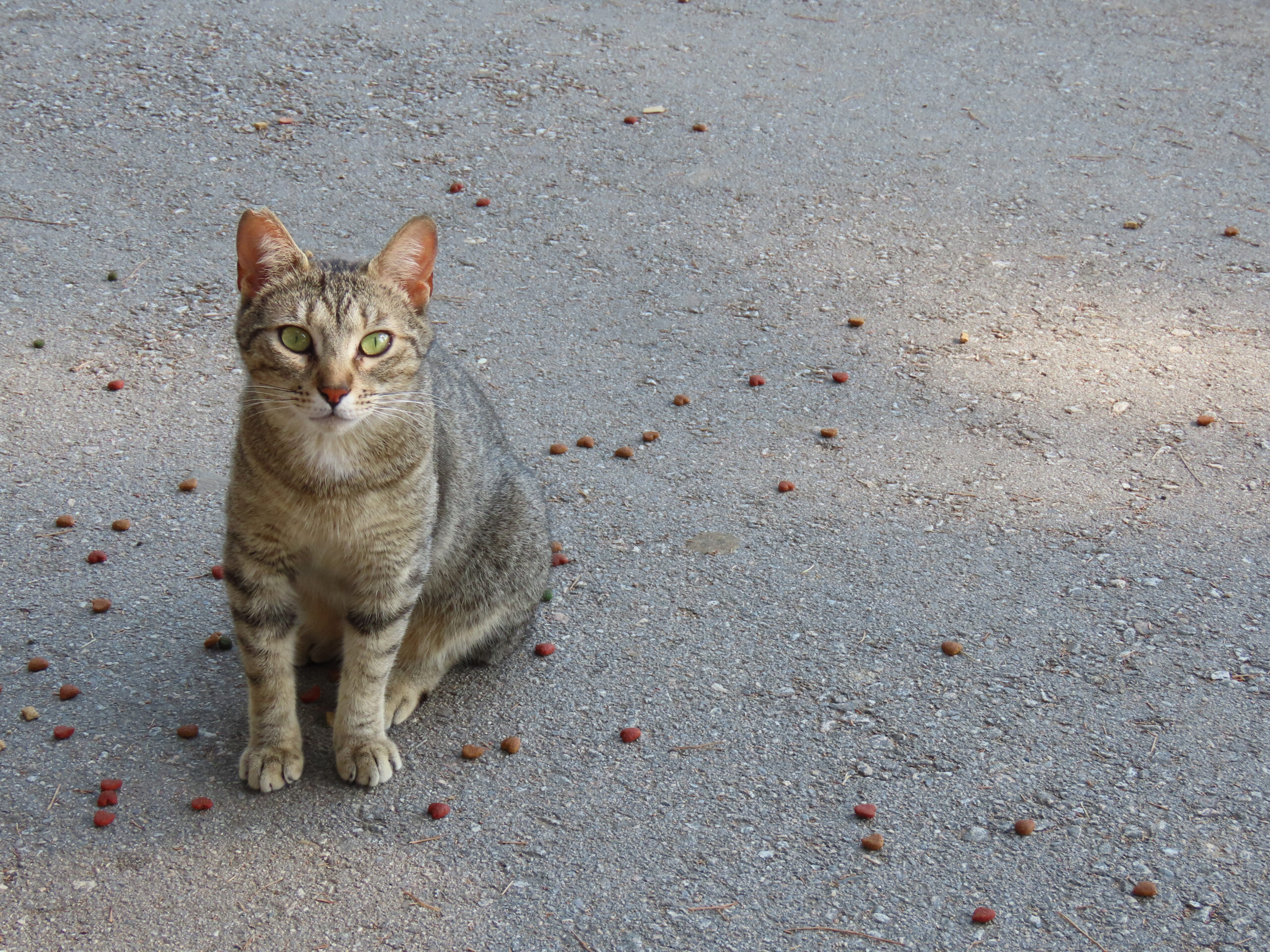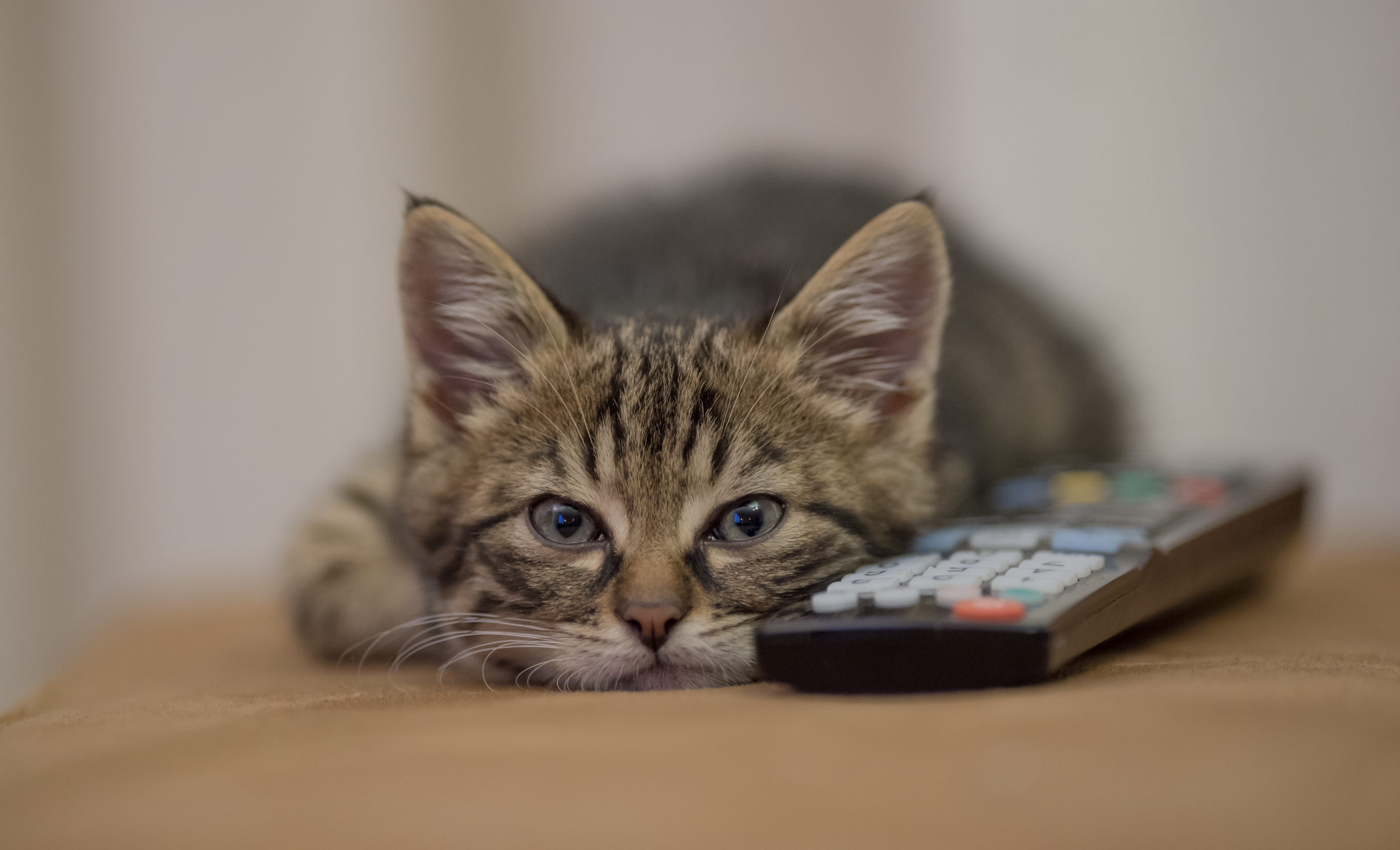Keeping your cat healthy and content starts with good food, so it’s smart to weigh the best options for your companion. Because cats are obligate carnivores, they must eat meat to get the nutrients their bodies can’t create on their own. Knowing what those nutrients are and how to feed them is a basic but vital skill for every cat guardian.
Seven key nutrients form the backbone of a healthy feline diet
- Proteins and Amino Acids: Meat-based protein is the bedrock of your cat’s meals. Critical amino acids, such as taurine, which are present almost exclusively in animal tissue, support a strong heart, clear vision, and overall vitality.
- Fats: Quality fat supplies energy, helps cats absorb fat-soluble vitamins, and fuels everyday activity. Omega-3 and Omega-6 fatty acids also give coats their shine and keep skin from flaking.
- Vitamins and Minerals: A dozen-plus vitamins and minerals, including A, D, E, K, calcium, and phosphorus, play roles large and small. Together they strengthen bones, power the immune system, and protect vital organs.
Getting the right balance of nutrients matters for your cat, but piling on extra can backfire. Too many added vitamins or minerals may do more harm than good, so stick to food that’s balanced and skip the extras unless your vet orders them. And always keep clean, fresh water within easy reach; proper hydration underpins every other part of your Cat’s Health
Types of Commercial Cat Food
You’ll find three main categories of shop-bought food for cats: dry, semi-moist, and canned. Each one offers its own perks and potential drawbacks. If you’re deciding which bowl to fill, here’s a deeper look at Wet vs. Dry Cat food to help you choose wisely.
Dry Food
- Moisture Content: 6-10 percent water.
- Ingredients: Usually contains meat or poultry byproducts, grains, fiber, and vitamin or mineral mixes.
Pros: Cheap, keeps for ages, and lets a cat snack anytime.
Cons: Can taste dull to picky cats and may pass through the gut faster. Over time the fats oxidize, so seal any leftovers in an airtight tub.
Semi-Moist Food
- Moisture Content: Roughly 35 percent water.
- Ingredients: Mostly meat byproducts, soybean meal, grains, and preservatives.
Pros: Many cats find it tastier than dry food, and it sits between dry and canned on price.
Cons: Dries out in the dish, loses appeal, and can go rancid.
Canned Food
- Moisture Content: At least 75 percent water.
- Ingredients: It usually packs better-quality meats, so cats find it tasty and get extra moisture with every bite.
Pros: Many cats scarf it down happily, it comes in lots of flavors, and fussy eaters will usually give it a nod.
Cons: Because its ingredients cost more, it sits at the top end of the price scale, and once the can pops open, the leftovers have to chill in the fridge or spoil fast.
Choosing the Right Cat Food
Picking a bag of Cat food is not just a quick trip down the aisle. Take a moment to think through these points before you pay.
- Nutritional Balance: Scan the packaging for the Feline Nutrition Expert seal and The Words Meet AAFCO Standards. That badge shows the meal is complete for whatever stage your cat is in-wobbling kitten, busy adult, or wise senior.
- Ingredients: Read the list. If chicken, beef, or ocean fish sits near the top, the formula leans on real animal protein and healthy fat rather than fillers.
- Cats Preferences: Some cats crunch dry kibble, others lap wet stew, and a few want both. Find the style your cat gobbles up and that fits their health needs.
The Debate on Homemade Diets
Serving Homemade Meals may sound wholesome, yet crafting a full, balanced diet for cats is tougher than it looks. Without expert advice, home recipes can skimp on vital vitamins or swing too far in one nutrient, slowly hurting your pet. For this reason most vets still urge owners to use trusted commercial food unless health problems call for a homemade plan.
Treats and Extras
Giving a nibble here and there is lively, but treats should never top 10 to 15 percent of daily calories. Raw meat may carry germs that sicken both cat and caregiver, while too much canned fish can shake up nerves. Even the clich milk mug is best left empty, since most cats carry none of the enzymes needed to digest it.
For safe snacking, check this guide on Healthy Cat Treats – What to Give and What to Avoid.
Maintaining Healthy Eating Habits
Cats prefer basic, so keep bowls clean and set meals in quiet corners far from doors and litter boxes. Watch weight each week; an extra ounce can snowball into obesity, breathing troubles and joint pain down the road.
If the food stays untouched or your cat starts acting fussy, reach out to the vet; early care often catches hidden sickness.
Final Thoughts
The food you give your Cat really shapes how well they feel day to day. By learning what nutrients they need and picking the meals that fit, you help them stay lively for many years. Whether you go with kibble, soft pouches, or classic cans, check that it meets quality standards and matches your pets taste. And if youre ever unsure, a quick chat with your vet will help keep their plate, and their health, moving in the right direction.
EXTRA:
Pawrpose AI is rethinking pet care—smarter, kinder, and more connected. No more guesswork about your Pet’s Health, at any age.
Read more here: Pawrpose AI












